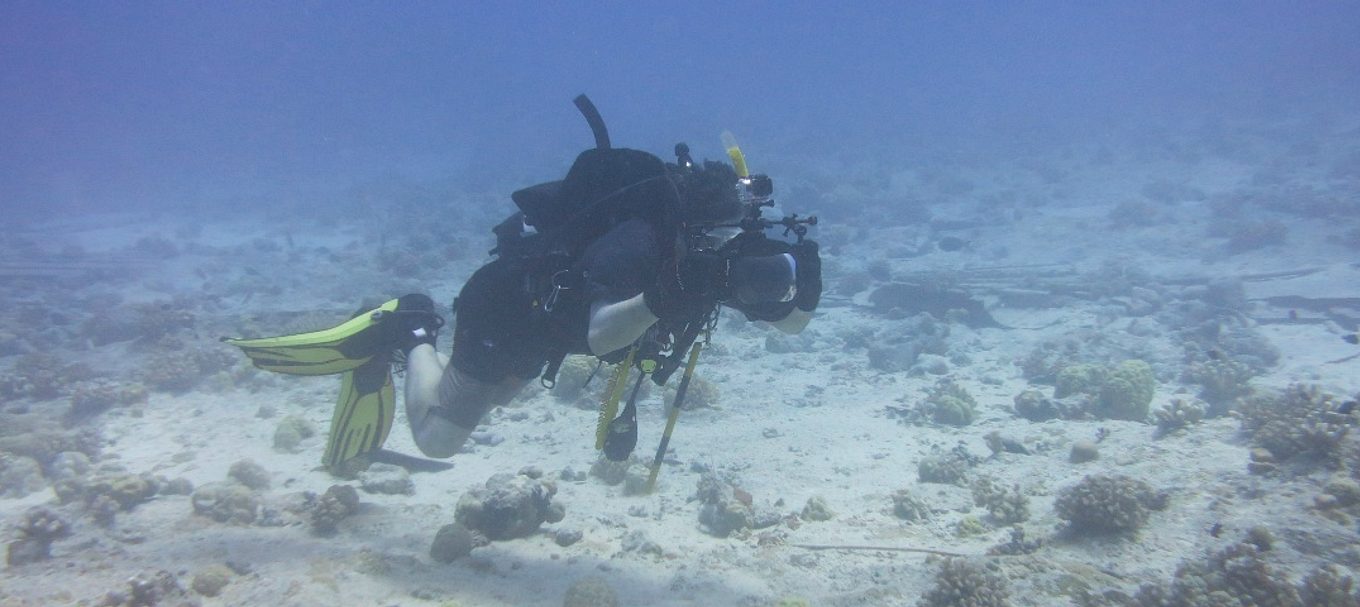
Insider guide: shipwrecks
28 Aug. 2015 4 min read
Amer Khan – Senior Maritime Heritage Officer
How would you describe your job to someone at a BBQ?
Maritime Heritage is all about telling good stories, and in my case, shipwreck stories. South Australia has about 800 shipwrecks, a huge number relative to the length of the state’s coastline. My job is to preserve as many of these sites as possible for current and future generations to enjoy – and to keep telling those stories.
Many mid-19th century shipwrecks in SA have a special place in the state’s history as they are associated with the early European settlement of the state. Stories of shipwrecking are still told and commemorated in many regional towns as they relate to tales of tragedy, heartbreak, and bravery, often with significant impact on those coastal communities.
Ships built during that period were possibly one of the most technologically sophisticated products of human endeavour at that time, in a way they were the ‘space shuttles’ of their time. As each of these shipwrecks is unique, the loss of one of these sites can mean the loss of the last known example of a particular type. These wrecks really are like endangered species, once they’re gone we no longer have any physical remains of such vessels. As time passes and these shipwrecks get older, there will be fewer and fewer of them, and they will become even more important to protect.
How did you get into this line of work?
A love of history, technology, and the ocean drew me to a career in maritime heritage. I studied a Bachelor of Biology and Computer Science and then a Masters in Maritime Archaeology to get to where I am today.
What do you encounter in a ‘normal’ day on the job?
My work is split between field work and office-based research. When we run a field operation, I visit the site of a shipwreck and conduct a site assessment to gather as much information as possible about the physical remains of the vessel. This usually involves scuba diving and using survey equipment to explore the wreck, determine the extent of the site, and identify interesting or unique elements of the vessel, while trying to understand how it fits into a broader historical context.
Research then gives me the rest of the clues that I need. I rely heavily on conversations with local ‘wreck-spotters’ and fishermen – people in the community who have an interest in shipwrecks and have that ‘insider’ knowledge of the area. I also look at archives, logs and conduct other research back at the office to fill in as many gaps as possible.
What’s the most amazing thing you’ve seen at a shipwreck site?
About three years ago I was exploring the wreck of the Hougomont near Stenhouse Bay, off the tip of Yorke Peninsula. Shipwrecks are an amazing sanctuary for marine life as they provide protection for smaller fish in the big blue ocean. On this occasion, I was swimming along the side of the ship when a giant cuttlefish that was also swimming nearby took an interest in my underwater camera, attached itself to the lens and tried to swim off with it. I think it saw its reflection in the dome of the camera lens and was either threatened by it or wanted to mate with it. As a result I got some amazing photos of the cuttlefish.
What are your insider tips about exploring shipwrecks?
My tip is to visit the Songvaar wreck at Port Victoria, which sank on the same day as the Titanic. There’s a bizarre story behind it. The ship was anchored and the captain was ashore, but as the tide dropped the ship swung around and ended up sitting on its own anchor. It pierced the hull and pinned the ship to the seabed. As the tide began to rise again the ship flooded. Fortunately no one was on board. It’s an easy spot to dive and you’ll be able to see the anchor fluke sticking up through the centre of the hull.
If you’re keen to explore South Australia’s maritime history, check out some of ourshipwreck trails.





